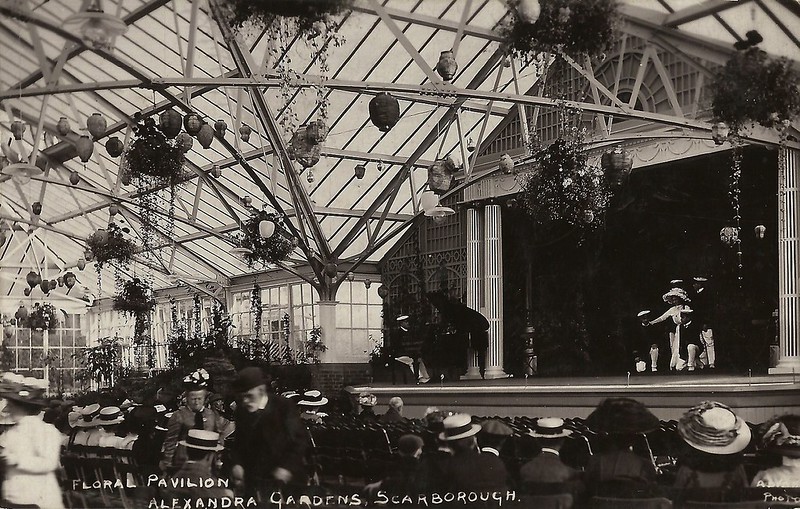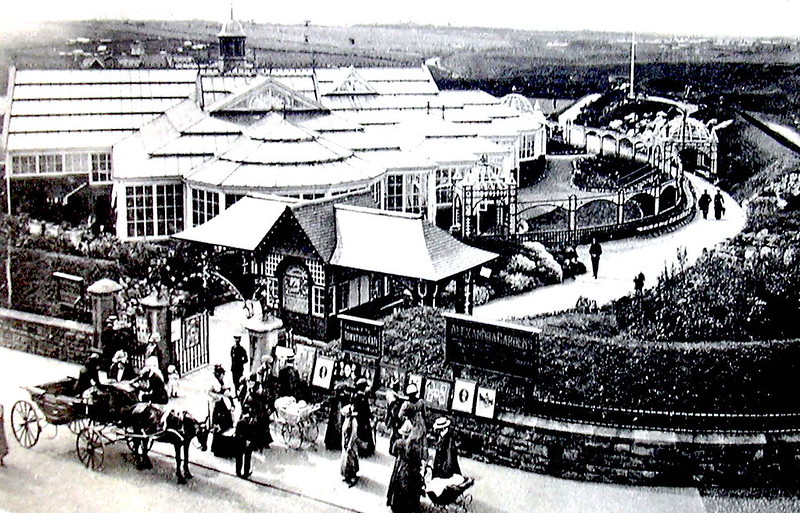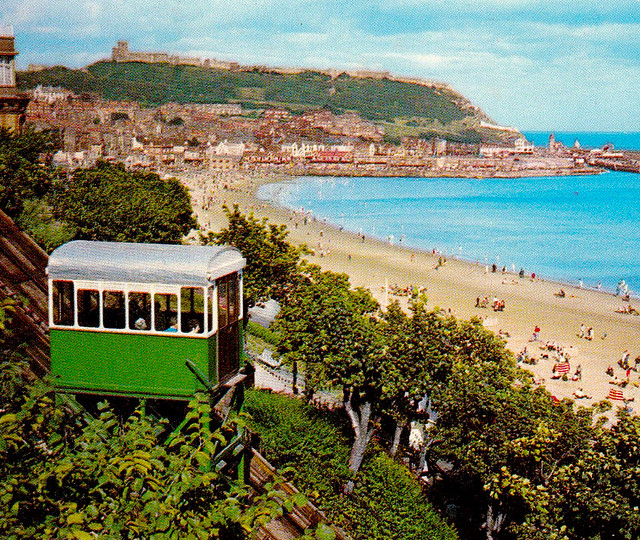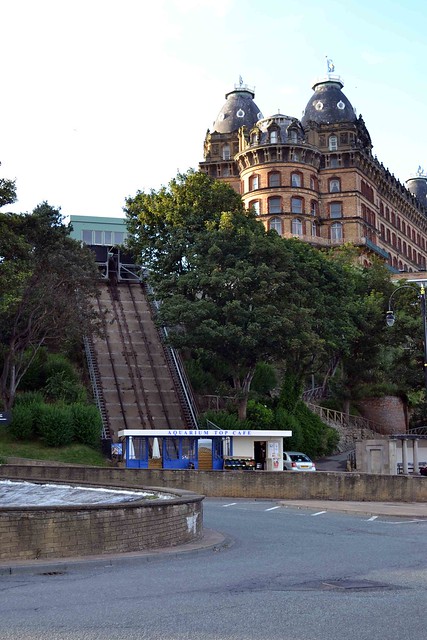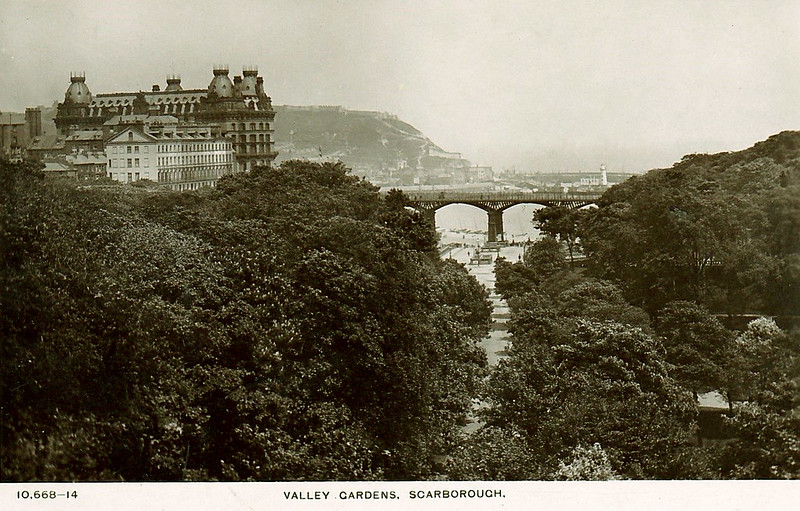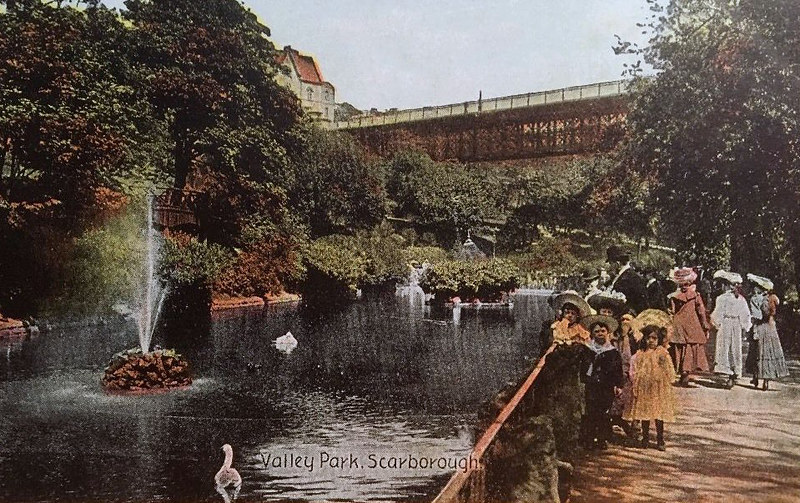One of my favourite parts of running Stories From Scarborough is reading all the wonderful memories people share in the comments and by email. In this post I will share some memories sent to me via email, from Neil.
If you would like to share more detailed Scarborough memories in this way, please get in touch – I am trying to build up as much information about the attractions and histories as I can, so that this information is not lost.
My earliest childhood memories of the town are day trips with my Grandparents, up to around the age of 8 or 9. My Grandad would always park on Marine Drive and I can recall a particular visit when my Auntie and Cousin also came with us. We had a meal in a restaurant in the town and they served giant Yorkshire puddings with the meal, that my Grandad said were Scarborough castle. I can also recall that I visited Scarborough for the day with my parents when we had a holiday staying in Robin Hoods Bay. It was a miserable day, but we watched the naval warfare nonetheless.
During my early to mid teens, we holidayed in my Great Auntie’s caravan in Bridlington, but usually took the train to Scarborough one of the days from Bempton station. In summer 2001 and 2002 we holidayed in Scarborough in a small caravan site on Scalby Mills Road. which consisted on six caravans in what amounted to somebody’s back garden. The site has since been redeveloped as apartments, but if you go on Google Earth and wind it back to 2002, the caravan site is there.
I can remember that in 2000, the cable cars were still operating to Marvels, but it was surprised to find that by 2002 they had gone. I didn’t realise until years later that Marvels actually existed, I always assumed that the cable cars themselves were the attraction. I can also recall visiting the South Bay and seeing the outdoor pool in its derelict state before demolition, which is a great shame as I’ve swum in the Havre Des Pas outdoor pool in Jersey a few times in the past ten years, and that is still a popular venue.
Scarborough was also the first place my girlfriend and I went on a coach day trip in 2006. The weather was fine when we set off, but as soon as we got off the coach, it began raining heavily and without coats, we had to take cover under the bridge near the Grand Hotel. Thankfully the weather picked up after that.
We would return to Scarborough for a number of years around my birthday in May, staying at the Toulson Court B&B on Columbus Ravine. It was during one of these visits that we first discovered what someone on YouTube described as “The ancient ruins of Mr, Marvels”. There would be the obligatory visit to Leeds Fisheries at the bottom end of Eastborough for Cod and Chips (or Chips and Gravy in my girlfriend’s case), a Sunday evening roast in Wetherspoons, ice cream in Peasholm Park, a look in Boyes and a game of pool in the Bowls centre. Even though I never actually visited them as a child, it’s been sad to see Kinderland, Atlantis and the Corner Cafe disappear over the years as their loss leaves the North Bay very sparse in terms of attractions these days.
During one of our day trips to Scarborough while holidaying in my great auntie’s caravan in Bridlington, we were walking down Marine Drive and a gust of wind blew my cap off my head and into the sea. Luckily, a man fishing nearby kindly managed to hook it and reel it in when we thought it was lost forever. I also remembered about three visits to the Mere and rides on the Hispaniola to treasure island. Luckily, I was able to find a Dabloon each time, though my girlfriend says she never did when she went.
Thank you Neil for sharing these memories!

